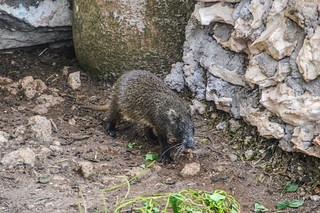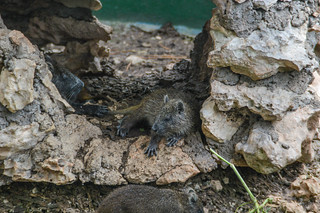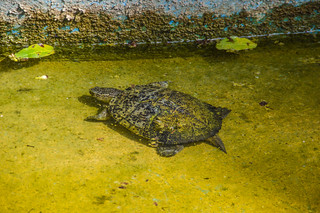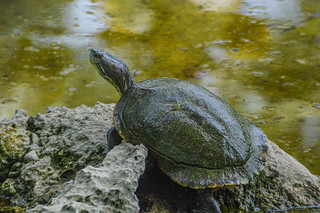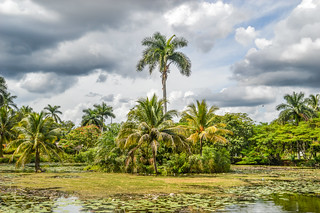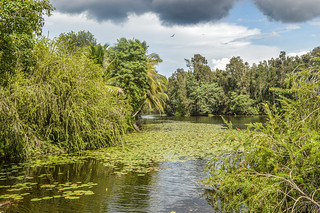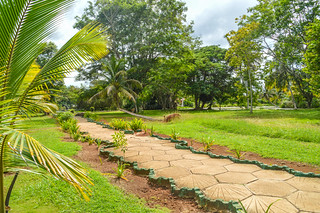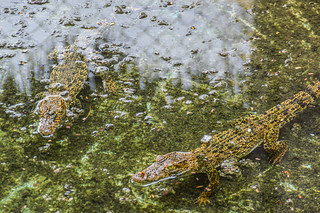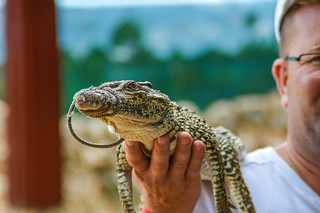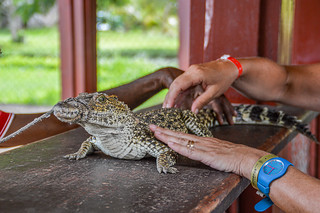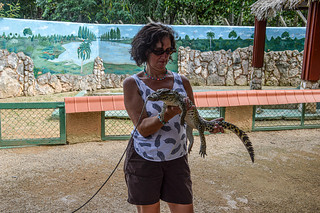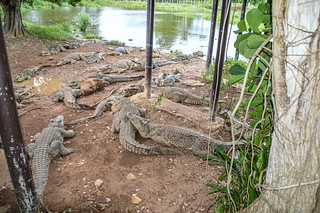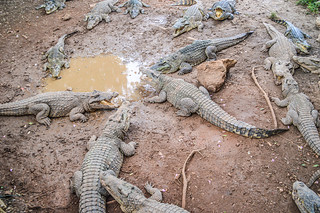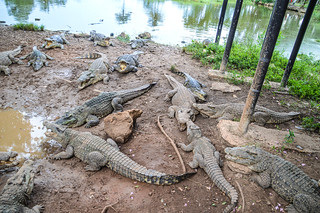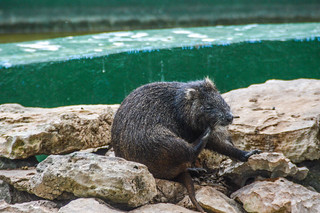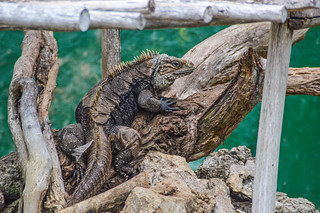About Ciénaga de Zapata
The Zapata Swamp is located on the Zapata Peninsula in the southern Matanzas Province of Cuba, in the municipality of Ciénaga de Zapata. It is located less than 150 kilometres (93 mi) southeast of Havana
Within the Zapata Swamp are over 900 autochthonous plant species, 175 species of birds, 31 species of reptiles and over 1000 species of invertebrates. Some of the most notable are local endemics to Cuba; for birds, it includes the Zapata wren, Zapata rail, and the Zapata sparrow. The Zapata Swamp is also a particular habitat of the bee hummingbird, the smallest bird species on the planet. The Zapata Swamp is also visited by 65 species of birds during their migration pattern from North America through the Caribbean to South America. Zapata is also known for the local endemic Cuban crocodile (Crocodylus rhombifer) which are restricted to the Zapata Swamp and are being reintroduced to the nearby Lanier Swamp on the Isle of Youth (Spanish: Isla de la Juventud). The sympatric American crocodile (Crocodylus acutus) also occurs within the Zapata Swamp, and hybridisation between the two species takes place, confirmed by the existence of a Cuban-American hybrid which was found on the Yucatán Peninsula in Mexico after migrating from the swamp.
en.wikipedia.org
